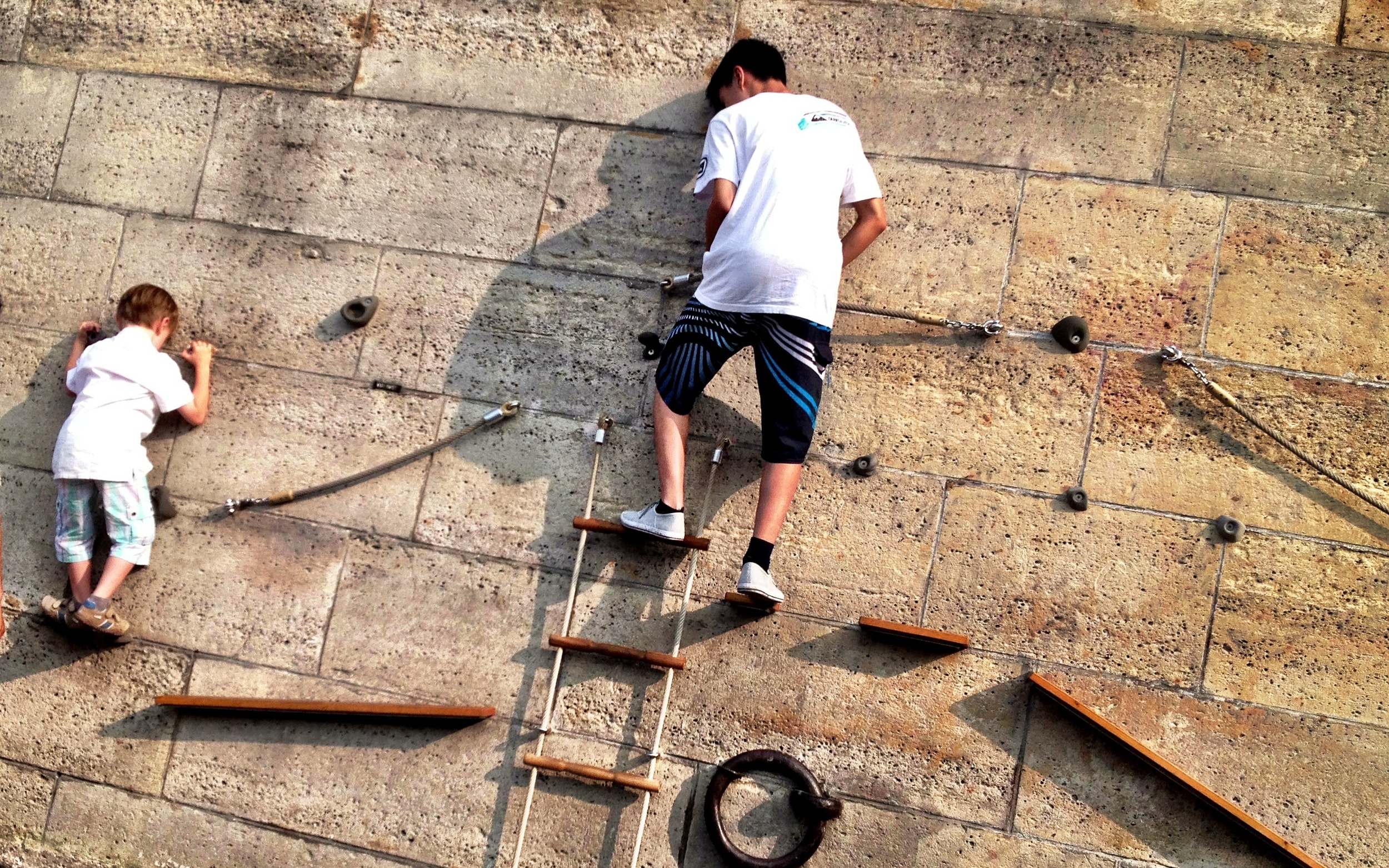Along the banks of the River Seine, Paris has a new public space project worthy of its UNESCO World Heritage site status – Project Les Berges. With this, Paris now dedicates four kilometres of prime real-estate along the Seine as a public park and pedestrian/ cycling zone. In 2012, the first stage of the project commenced. Circa 1.5 kilometres of the motorway alongthe river’s right bank were narrowed (the Georges-Pompidou Riverside Expressway), calming traffic and making way for green spaces, riverside walkways, bars and cafés. This coincided with the renovation of Hôtel-de-Ville Square (City Hall), enhancing the appeal of the river bank and providing city explorers a place to stroll along the river, gazing upon Paris’s most famous monuments. As of late June 2013, the project is complete. An additional 2.3 kilometres on the river’s left bank (between Musée d’Orsay and Pont de L’Alma) have been devoted to pedestrians and cyclists. With a car ban in place, the left bank’s waterfront now consists of a floating green house and park space, a skate-park, a kids' climbing wall, a performing arts school, cafés and bars, an edible garden with seasonal vegetables, temporary exhibition spaces – and plenty of room for lounging along the river on a warm summer evening. (Tried, tested and approved!) The river banks are designed around several major themes: nature, culture, sport and recreation, and youth. For example, as part of the Paris Biodiversity Plan, the redevelopment will bring nature back to the urban core.
Les Berges aims to provide a space for all ages and interests groups to freely mingle with each other. Having read about the project previously, and written about it on my own blog, I was eager to explore. Wandering slowly along the left bank on a sunny Parisian evening, crossing under six bridges, stopping for a drink and discovering the different themed areas of the park, I can honestly say Les Berges exceeded all expectations and I have a new love for this magic city. This 40 million EUR project is the birth child of Bertrand Delanoë, Socialist Party Mayor of Paris since 2001, who promised to replace this major automotive artery and return the river banks to the people. Delanoë has announced that he will not stand for re-election in 2014. This project then represents an important part of his legacy, as the mayor who broke Paris’s love affair with the automobile. During his tenure, Delanoë has expanded cycle routes and cycling infrastructure, improved public spaces and introduced the city's famous and successful short-term (electric) car and bike-sharing schemes. The Vélib bike-sharing scheme is considered one of the most successful and well-replicated city bike-sharing schemes to date. Already a decade ago, Delanoë began with strategies to limit car use in Paris, introducing an annual "urban beach" along the Seine, the Paris Plages project. Each summer, sand, potted palm-trees and beach chairs are brought in – Paris’s own version of the Mediterranean Coast. This strategy has been mimicked by other land-locked European cities, whose urban residents cannot always afford a coastal summer holiday, or in any case enjoy a bit of sun on a lunch break.
The left bank of the Les Berges project has quickly become a Parisian highlight. Perhaps like the urban beach, Vélib, or the floating swimming pool, Les Berges represents another idea worthy of imitation. Want to know more? Check out Les Berges website or calendar of events. Articles were also written by The Guardian and the New York Times. These articles however, were written in 2012 – featuring the space still with cars. For comparison, I have more photos on my own blog and can vouch from experience: certainly an improvement over the motorway!
All images: Jennifer Lenhart
Les Berges spans the space of 6 bridges on the left bank of the Seine - all dedicated to pedestrians & cyclists. Many bridges also feature sound instillations - and a bit of shade, perfect for the summer heat.
Near Port de Solferino, you can rent a container – either for dinner with friends, a short rest or to enjoy the varied garden spaces. Called ‘ZZZ‘- rest and relaxation are required, even in the heart of Paris!
From 19 June - 15 September, Les Berges will feature its own skateboard ramp & roller sports park, welcoming skateboards, BMX, roller blades and kick scooters.
Académie Fratellini’ School of Circus Arts practicing by the river
Adding a personal touch...








